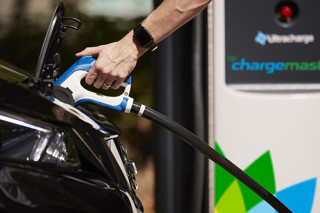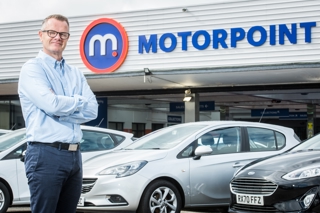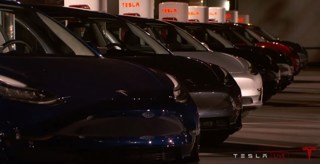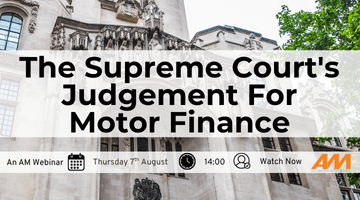Almost a third of British consumers (32%) are planning to hold on to their current vehicle for longer than planned due to the cost-of-living crisis, new research by Close Brothers Motor Finance has revealed.
The research also showed that more than one-in-10 (11%) drivers have sacrificed the vehicle they wanted in favour of a cheaper car, and nearly 9% would consider buying a motorbike instead to save on travel costs.
In all, 11% of survey respondents said they were exploring finance options to be able to afford their preferred car. When asked where they would turn to help spread the cost of a car purchase, almost a quarter of all consumers (24%) would look to specialist finance providers, 17% would use a bank loan, 9% would use ‘buy now, pay later’ and 4% would borrow from friends and family.
Lisa Watson, director of sales at Close Brothers Motor Finance, said: “As inflation continues to bite, it’s clear that drivers are having to think particularly carefully about big-ticket purchases. It’s another challenge for the industry, after a tumultuous few years.
“For dealers, data and insight has never been more important. By using the right tools, dealers can ensure they’ve got the right stock on their forecourts, at the right price, to meet changing customer needs head-on.”
Owners of cars that are at least 10 years old are less likely to swap them for newer models during the cost-of-living crisis, according to a Motorpoint survey.
Nearly all dealers (88%) believe that the cost-of-living crisis has influenced consumers to be more cautious about buying vehicles.
Two thirds of dealers (66%) said that their customers are buying cheaper vehicles, while 52% said they were cutting back on additional optional extras. 69% said their customers were buying more second-and cars.
Consumers are shying away from expensive used electric vehicles (EVs) amid escalating cost-of-living pressures, according to used car stock management and marketing specialist Indicata.
Used versions of Tesla’s Model 3 EV have lost around £5,000 in value in two months as the supply and demand balance of zero-emissions cars puts pre-owned prices to the test.
























Login to comment
Comments
No comments have been made yet.